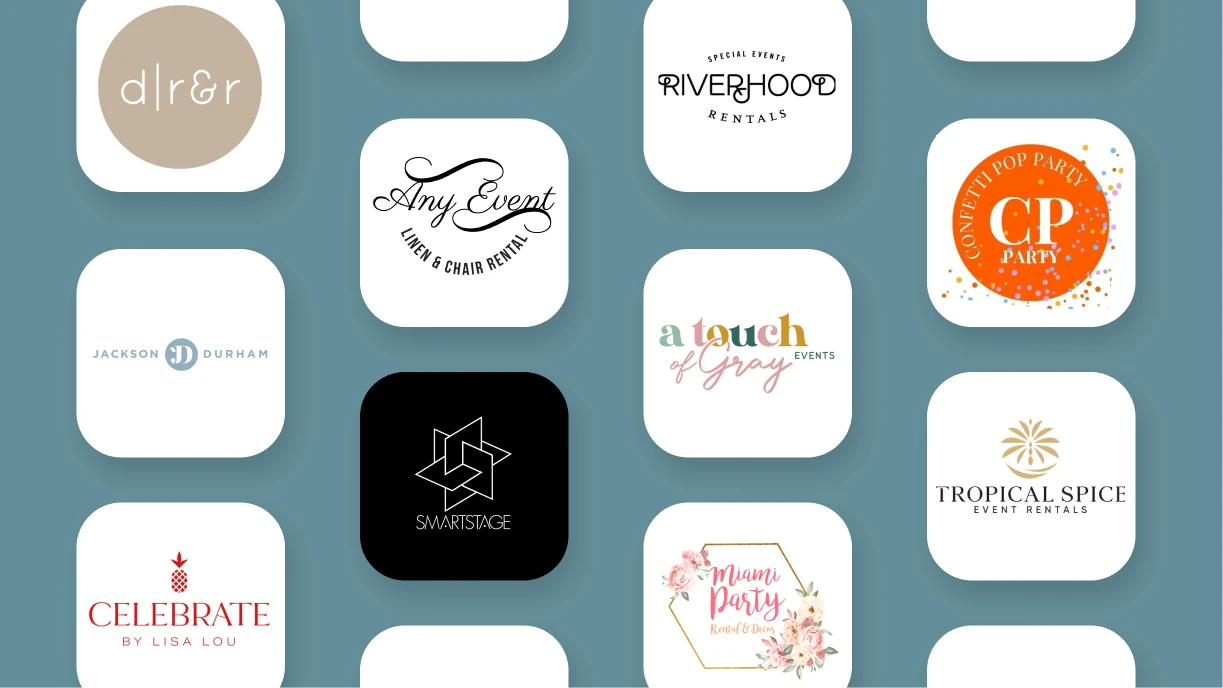This blog series was inspired by industry leader Cam Petty’s fantastic talk on how to write and use SOPs in your event rental company, which she presented at Goodshuffle Pro’s 2021 Annual User Summit. To learn more about Cam and the amazing work she does, check out her companies: Render Events and Render Educate.
We previously published a post introducing standard operating procedures, a.k.a. SOPs, and how they work to improve your company’s workflow. If you missed it, you can read it here. We promised to bring you more content on SOPs, so today we’re going to continue our series and talk about the 5 key steps to creating your SOPs.
SOPs are vital to establishing protocols and expectations for your team members. They’ll smooth out processes, significantly reduce those pesky repeated questions, and create a more cohesive operating environment for your company. All of these benefits will work together to create a better client experience for your customers, making them more likely to refer your business to their friends. What more could you ask for? Given the scope and importance of SOPs, getting started can be a bit daunting…where do you even start?
The answer? At the core of your company.
“Define your why”
Before you get started on creating your SOPs, it’s important to define why you do what you do, or to quote Cam, “define your why.” Placing your “why” at the forefront of your mind while creating your SOPs will keep your company’s core values at the center of all the choices you make.
It’s also important to decide how you want your clients and employees to feel after you write your SOPs. In other words, what experience are you trying to create for your clients and team members?
Write down all of your processes
The best way to write your SOPs is to create a list of your daily processes as you’re doing them (we recommend using Google Docs for this). This will help prevent missed steps and details along the way.
If you have employees, you can have them do the same, or set aside time where you write your SOPs as a group.
You can start by separating your business activities into different departments, and then those departments into tasks and activities and document those as you go. Alternatively, you can also start with the tasks you complete as part of your daily routine. However you get started, the most important thing is that you start. Don’t worry about outlining all of the SOPs you’ll need up front; opportunities to create other SOPs will present themselves as you go
The task seems daunting and time consuming at first, but we promise it will be completely worth it. Not only will it help you to hone your processes, but it will also set expectations for your team members.
Have someone shadow you
If you’re a solo event planner or rental company, it may be especially beneficial to have someone shadow you for a week to document all your steps and processes. This is also a helpful technique if you find yourself on auto-pilot when doing daily tasks. Certain steps may be obvious to you, but not to someone new to your company.
Store and organize them
After you’ve created your SOPs, you’ll need to store and organize them. Storage platforms like Google Drive, Dropbox, and YouTube are great for sharing documents and videos digitally, which means you and your employees will be able to access them from anywhere.
You can also print out your SOPs and add them to binders. While we always encourage using digital copies for ease, security, and accessibility, we know some people still prefer binders. If you’re using hard copies, make sure you make them easily accessible to your team. When you have SOPs for your warehouse crew, make sure a binder(s) is in the warehouse and everyone knows about it. Same for your drivers; keep a binder in the truck.
Pro tip: It’s helpful to create a list of where you keep your binders so that when it comes time to update them, you can be sure you don’t miss any.
Evolve and improve
SOPs are not meant to be a one-and-done document. Things change and evolve, and so should your SOPs. Cam recommends doing at least an annual review of your SOPs with your team to make sure everything is up to date; if your company is new and your procedures aren’t established yet, it’d be helpful to review more often until you find what works for you, your team, and your company. If you do make changes, it’s important to review the changes with your team to make sure everyone is aware of and understands the new changes.
Now that you know how to write SOPs for your event pro business, it’s time to get started! Don’t let the planning phase be a barrier to creating your SOPs; the most important thing is that you start. You can also watch out for an upcoming post about the most important SOPs for event pros. This process will get easier the more you do it and you’ll soon start to see the benefits of using SOPs within your company. Get ready for a transformation!







